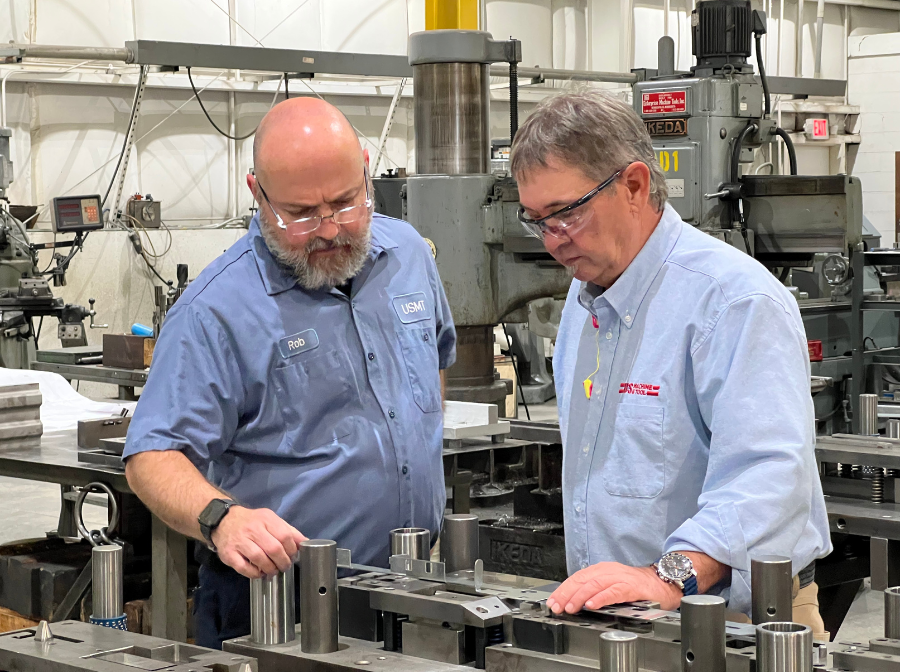Metal stamping is a manufacturing technique that has been used for decades to create high-quality metal components with precision and efficiency. It involves using a mechanical press to shape and cut metal sheets into the desired form, often with the help of custom-made dies. This process is widely used in various industries, including automotive, aerospace, electronics, and appliances.
The Process of Metal Stamping
The metal stamping process begins with the creation of a die, which is a specialized tool that determines the final shape and dimensions of the stamped part. Dies can be made from various materials, including steel, carbide, and even ceramics, depending on the specific requirements of the project.
Once the die is ready, a metal sheet is placed between the die and a mechanical press. The press exerts immense force on the sheet, causing it to conform to the shape of the die. This force can range from a few tons to several hundred tons, depending on the thickness and hardness of the metal being stamped.
During the stamping process, the metal undergoes a series of operations, including blanking, piercing, bending, and forming. Blanking involves cutting the sheet into the desired shape, while piercing creates holes or slots in the metal. Bending and forming operations are used to shape the metal into three-dimensional components, such as brackets or enclosures.
The Benefits of Metal Stamping
Metal stamping offers several advantages over other manufacturing methods, making it a popular choice for many industries.
Precision: Metal stamping is known for its high level of precision. The use of custom-made dies ensures that each part is manufactured with consistent dimensions and tolerances, leading to a perfect fit and assembly.
Speed and Efficiency: The mechanical press used in metal stamping can produce hundreds of parts per minute, making it a highly efficient process. This speed allows manufacturers to meet tight production deadlines and fulfill large orders with ease.
Cost-effectiveness: Metal stamping can be a cost-effective solution for producing large quantities of metal parts. The initial tooling costs may be higher compared to other processes, but the per-part cost decreases significantly as the production volume increases.
Versatility: Metal stamping can be used to produce a wide range of parts, from simple flat components to complex three-dimensional shapes. It can handle different types of metals, including steel, aluminum, brass, and copper, providing manufacturers with flexibility in material selection.
Applications of Metal Stamping
The versatility of metal stamping makes it suitable for various applications across different industries.
Automotive: Metal stamping is extensively used in the automotive industry to produce body panels, brackets, chassis components, and other structural parts. The high precision and durability of stamped metal parts make them ideal for the demanding environment of a vehicle.
Aerospace: The aerospace industry relies on metal stamping for creating lightweight components with superior strength and reliability. Stamped parts are used in aircraft frames, engine components, and interior fittings, contributing to the overall safety and performance of the aircraft.
Electronics: Metal stamping is widely used in the electronics industry to manufacture connectors, terminals, and shielding components. The precise dimensions and tight tolerances ensure proper electrical conductivity and reliable performance of the electronic devices.
Appliances: Household appliances, such as refrigerators, washing machines, and ovens, often contain stamped metal parts. These parts provide structural support, improve functionality, and enhance the overall appearance of the appliances.
Conclusion
Metal stamping is a powerful manufacturing technique that offers precision, speed, and cost-effectiveness. Its versatility makes it suitable for a wide range of applications, from automotive and aerospace to electronics and appliances. As technology advances, metal stamping continues to evolve, enabling manufacturers to push the boundaries of what is possible in the world of metal fabrication.
